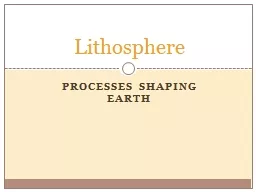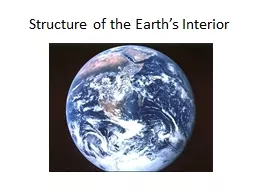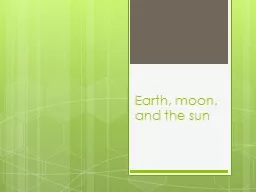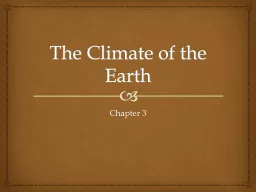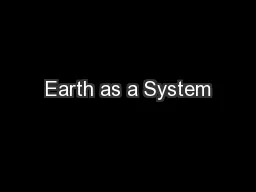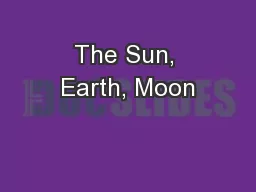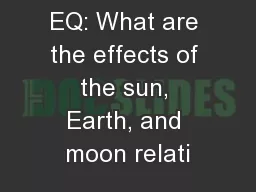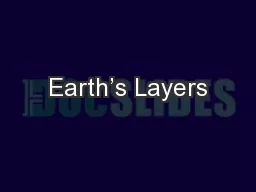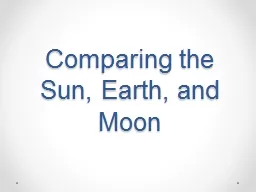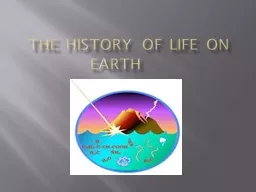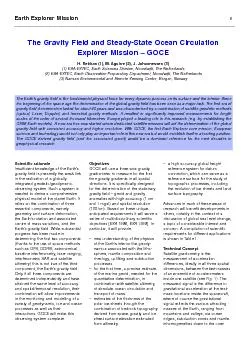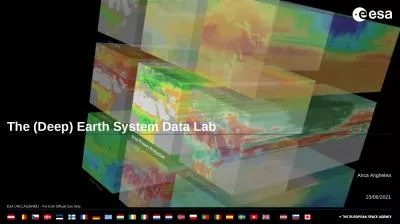PPT-Earth System History
Author : sherrill-nordquist | Published Date : 2016-02-26
GEOL 1020 15 Announcements More about global geochemical cycles September 30 2013 About plants and carbon fixation The photosynthesisrespiration cycle in plants
Presentation Embed Code
Download Presentation
Download Presentation The PPT/PDF document "Earth System History" is the property of its rightful owner. Permission is granted to download and print the materials on this website for personal, non-commercial use only, and to display it on your personal computer provided you do not modify the materials and that you retain all copyright notices contained in the materials. By downloading content from our website, you accept the terms of this agreement.
Earth System History: Transcript
Download Rules Of Document
"Earth System History"The content belongs to its owner. You may download and print it for personal use, without modification, and keep all copyright notices. By downloading, you agree to these terms.
Related Documents


